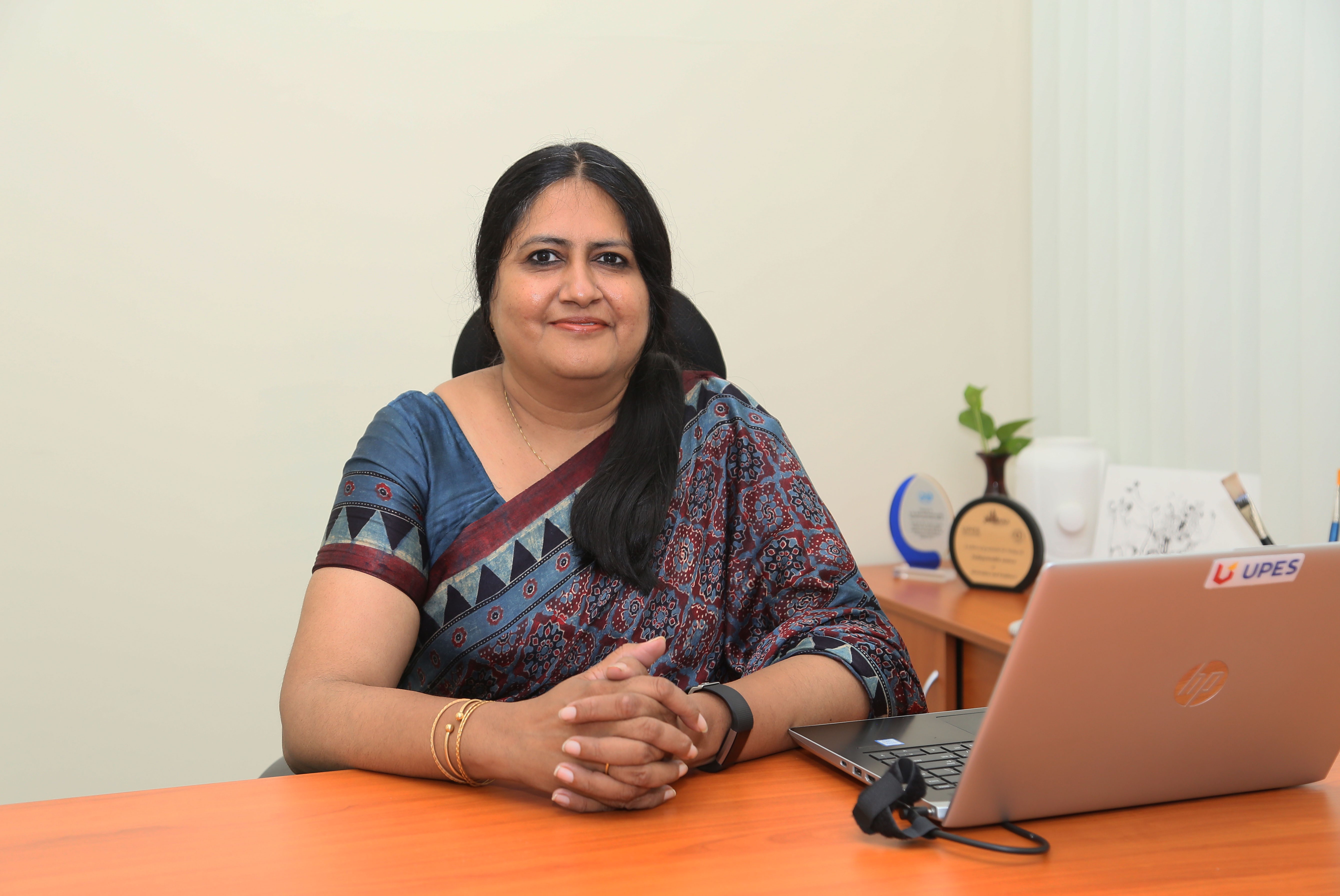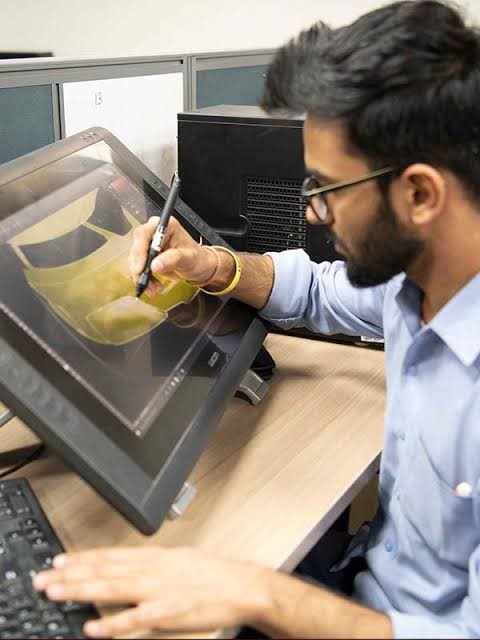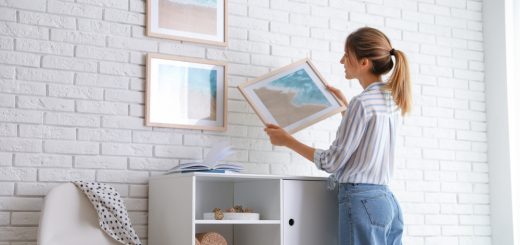Multi-disciplinary learning is vital for a holistic understanding of design: Dean–UPES School of Design

Manisha Mohan, Dean, UPES School of Design, is a seasoned design professional with more than two decades of experience in e-learning, design and animation. An expert in Graphic Design, Animation, Experience Design, and Applied Games, she has worked extensively on interactive products that assess and assist children with learning disabilities. She has won several national and international awards for innovation and design for her customer-centric projects across verticals such as Healthcare, Manufacturing, Retail and Publishing, among others. In an interview with Shailja Katyal Verma, she highlights the need to enhance students’ capability through industry-aligned design projects in a multi-disciplinary environment
What are the advantages of undertaking a Design course in a multi-disciplinary institution as opposed to studying in a Design-only college?
A holistic understanding of design can only be achieved through multi-disciplinary learning. UPES School of Design benefits from being in the same campus as schools like Engineering, Computer Science, Health Sciences and others – as there is room for multi-disciplinary learning and access to multiple labs. The possibility of offering students the opportunity of designing a satellite, a drone and medical devices would be a distant dream for design colleges that are exclusively focused on design. Even industry looks for multi-disciplinary teams and designers.
How does being in a university, that’s primarily known for its tech-related domains, add to the arsenal of skills of a Design student?
Students here learn not only how to build aesthetic solutions, but also how to come up with designs that are feasible, producible and ready for the market. Also, tech-savvy designers are more likely to lead the change in the wake of digital transformation which is taking the world by the storm.
Are there any areas of collaboration between School of Design and other schools at UPES?
The Research Initiative for Students of Engineering (RISE) projects allow students of multiple schools to work together on funded projects. It was launched with the objective to encourage research activities amongst all the undergraduate and postgraduate students of Design, Engineering and Planning. SoD has collaborated with other schools on innovative projects like the solar tree, the CANSAT project and automotive projects. It has recently been working in the area of Augmented Reality, Virtual Reality and other emerging technologies.
What are the key differentiators at UPES School of Design?
UPES SoD being multidisciplinary is one advantage. It has world-class infrastructure that supports ‘learning by doing’ through workshops and labs. UPES SoD has the largest Cintiq Lab in North India. It is a state-of-the-art lab allowing students to work on digital media, thereby exposing them to a whole new dimension of art and design. Our school has a great industry connect and also had the distinction of 100 percent placements over the years.

Do you think the sylvan surroundings of Dehradun make it an ideal place to ignite creative minds?
Yes, of course. The green environment in which UPES exists gives a great platform for young designers to envision and create fresh ideas. Also being so close to the Himalayas, UPES has the opportunity to take up several research projects related to the mountains. This opens up a lot of interesting project possibilities for students, including working on the local crafts, the climatic conditions, sustainable livelihoods, so on and so forth.



